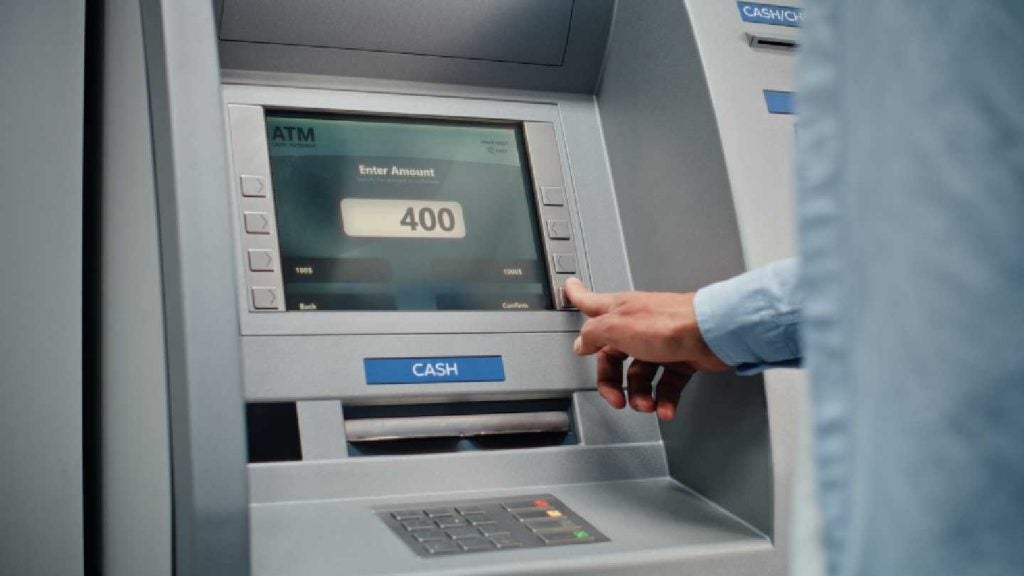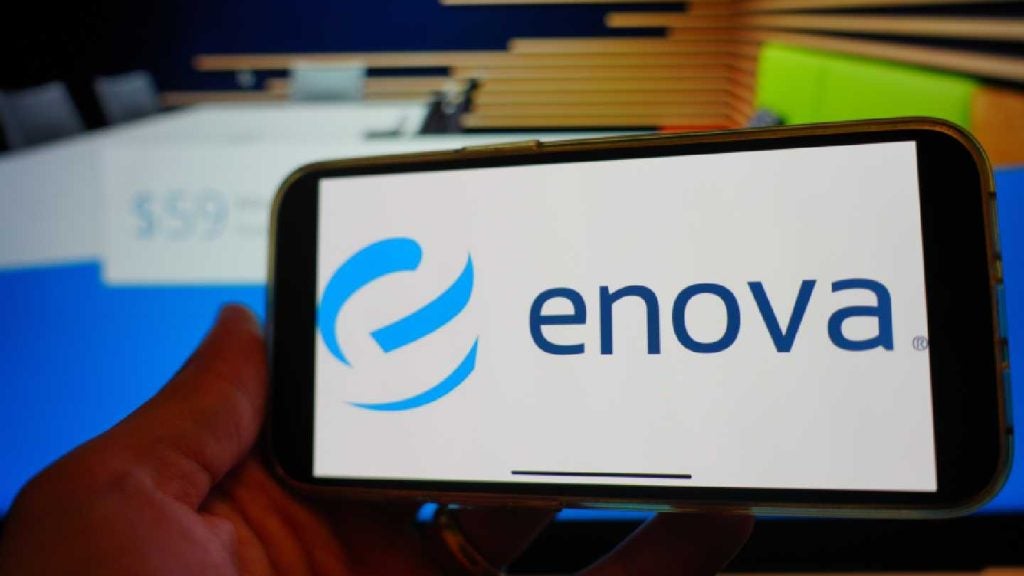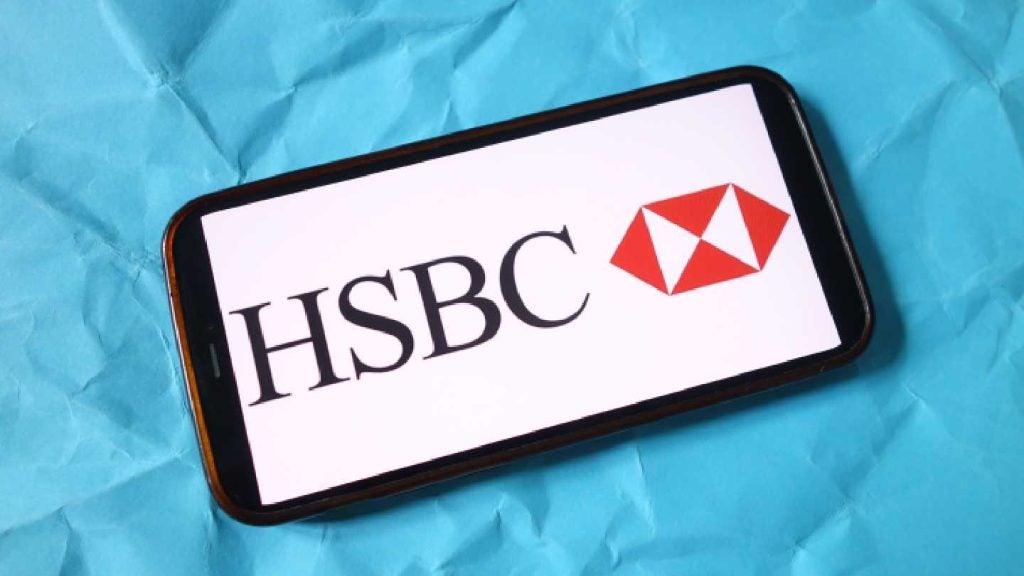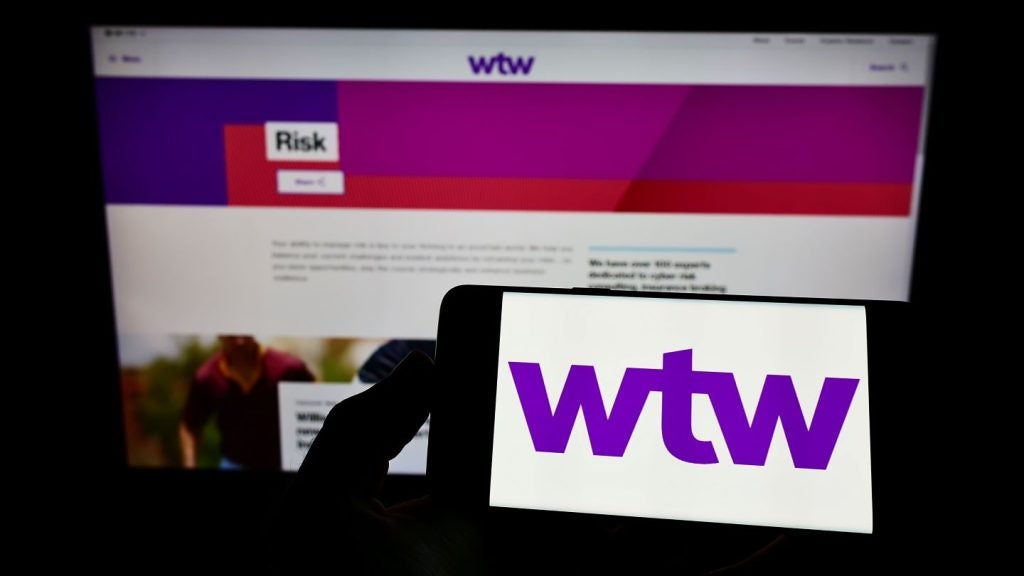Cash continues to dominate consumer payments in the European Union despite the increasing adoption of mobile and card payments, according to a new report by the European Central Bank (ECB).
Around 79% of point-of-sale (PoS) transactions were done in cash in 2016, making up for 54% of the total value of payments.

Access deeper industry intelligence
Experience unmatched clarity with a single platform that combines unique data, AI, and human expertise.
In Germany, which is the bloc’s biggest economy, Austria and Slovenia, 80% of all in-store transactions were done out in cash.
Cards were the second most frequently used payment instruments at PoS, used for 19% of transactions and accounting for 39% of the value of payments.
Cash was found to be least used in the Netherlands, Estonia and Finland, with its share in the number of transactions ranging between 45% and 54%.
The study also revealed that consumers aged between 40 and 64 prefer to use cash, while younger consumers aged between 18 and 39 conduct fewer cash payments.

US Tariffs are shifting - will you react or anticipate?
Don’t let policy changes catch you off guard. Stay proactive with real-time data and expert analysis.
By GlobalData“Although the share of contactless payments in many countries is still low, the survey results suggest that the speed with which such payments have been embraced in some countries may mean that once payment cards and PoS terminals are enabled with contactless technology on a wider scale, the share of contactless payments could increase significantly,” the report said.
“Since contactless payments are typically relatively low value and 81% of all payments at POS are below €25, this could have a significant impact on the use of cash for smaller value payments, especially given that respondents who prefer cash and those who prefer cards both appear to place importance on the transaction speed of their preferred means of payment.”







